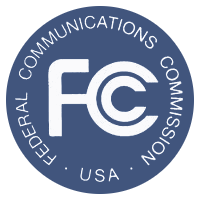
On March 31, the FCC declared that local TV broadcasters can no longer enter into joint advertising sales agreements (JSAs) in which one station sells 15% of advertising time (or more) for another station in the same area. Joint ad sales agreements are common: Comcast’s Spotlight subsidiary has had them with AT&T and Verizon, which of course are pay TV competitors – and these parties see opportunities to scale their advertising efforts at a lower overall cost by partnering.
The spirit of this new FCC JSA ruling is intended to promote localism and diversity, and keep individual media companies from controlling an inordinate amount of power in any given local market.
But buried about half-way into the JSA announcement was another more important announcement: that the FCC has initiated the 2014 Quadrennail Review of Media Ownership. Since the 1990s and particularly over the last decade, the percentage of broadcast and newspaper media markets served by any one company has been a contentious issue. As it stands now, no single company can own more than one TV station in a single market – or in the largest markets, no more than two; as long as one of them is not a top-four station.
But neither the new JSA ruling, nor the current set of media ownership rules, have much bite to them: they can be skirted through waivers. If the FCC really wanted to address what many perceive to be inordinate power among local media outlets, it could address the ownership limits that were proposed but never fully adopted from the 2010 review cycle, in the 2014 Media Ownership review cycle.

